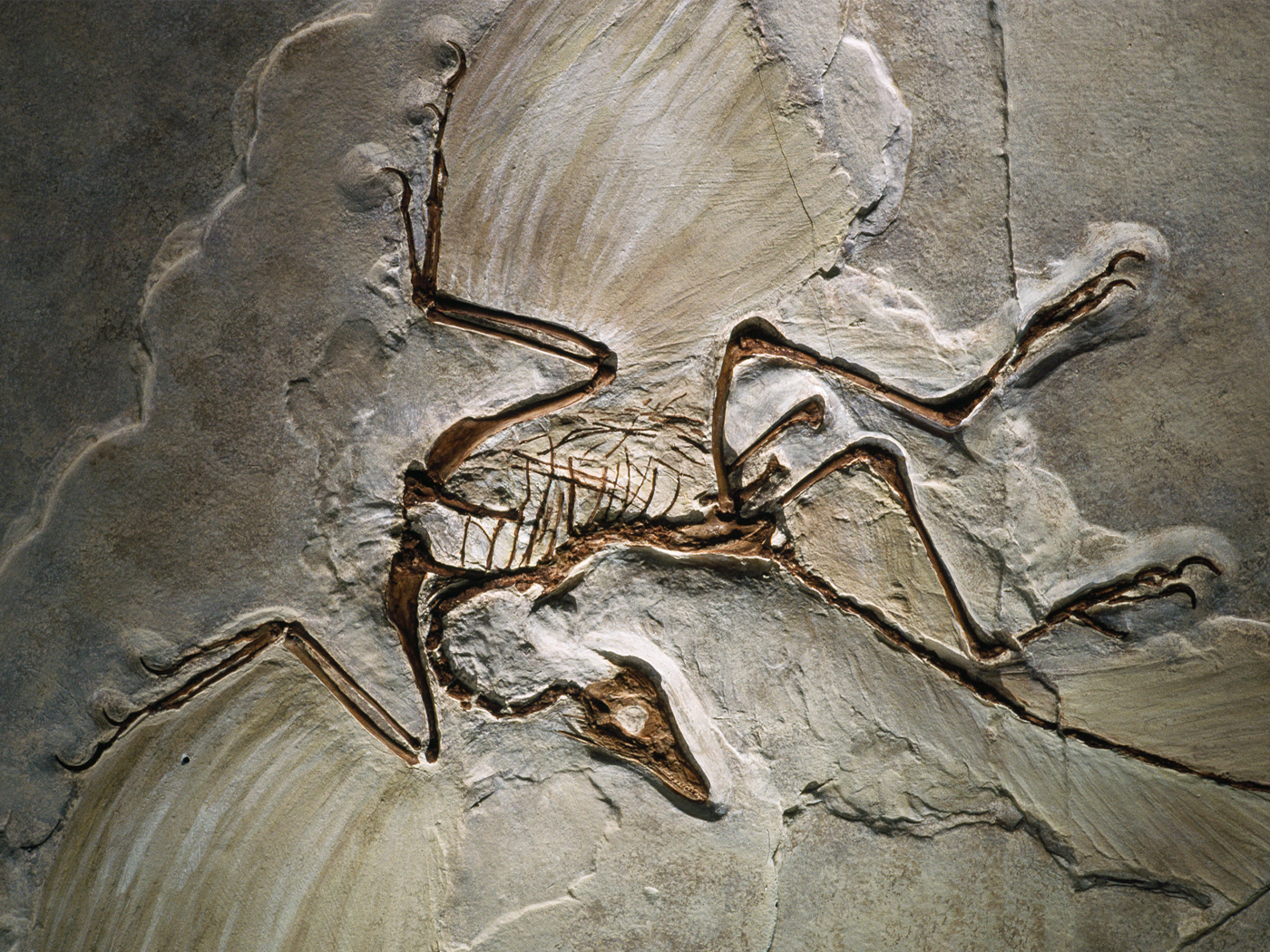Researchers recently looked into the life of bees and found something of interest to all fliers: bees never crash, even when they land on an upside-down surface. Their efficient landings show that current landing techniques for aircraft and spacecraft are overly complicated. Aircraft designers could learn a lot from a bee.
Trained as an electrical engineer, Mandyam Srinivasan of the Queensland Brain Institute has “been fascinated for a long time [at] how a creature with a brain the size of a sesame seed can do all of the things that it does.”1 In addition to coordinating internal body processes, this tiny brain processes huge quantities of incoming chemical, physical, and visual data.
In their study published in the Journal of Experimental Biology, Srinivasan and his colleagues focused on the bee’s three-phase landing strategy.2 They discovered that a bee first slows to a dead stop and hovers almost exactly 16mm from the surface of its landing platform. Second, it “is able to estimate the slope of the surface,” even though the bee is not moving. This was surprising, since researchers had previously thought that insects’ compound eyes can only see objects with relative motion.1 “We don’t know how they’re doing it…. But they’re doing it,” Srinivasan told Discovery News.3
Finally, the bee grasps its platform with the appendages nearest the surface―hind feet if it is horizontal or forefeet if it is inverted, like a ceiling. The bee’s landing procedures must be precise, because surfaces such as soft flower petals can be shaky platforms.
These findings “may help engineers design a new generation of automated aircraft that would be undetectable to radar or sonar systems and would make perfectly gentle landings, even in outer space.”3 Current systems emit radar waves that are detectable because they bounce off of the landing surface. But a visual system like that of bees would calculate critical landing information by just detecting incoming visible light.
The next challenge would be to deduce the algorithms that bees use for this and then integrate them with appropriate light detector and other aircraft equipment. Little is known about the process, other than that it is utterly reliable. “Evidently, bees use a landing strategy that is flexibly tailored to the varying topography of the terrain.”2 But strategies, like programs and algorithms, are pure information, and as such are non-physical. This is clear from the fact that engineers hope to copy and translate the information from the bee’s brain in order to apply it to a completely different, man-made physical structure.
Furthermore, no engineering strategy is observed to arise from any source other than intelligent engineers. Srinivasan told Discovery News, “It’s a beautiful way of landing using biological autopilot….Whatever bees are doing must be computationally simpler than what we are doing now.”3 But in this case, a “simpler” computation would have required a software engineering genius to fit the program so exactly with the bee’s body plan and its needed results―solid landings on shaky surfaces.
It is thus most reasonable to infer, based on the scientific observation of bee-landing strategies, that this landing program also arose from an intelligent source. This source had to be ingenious enough to have packed this highly effective, and yet elegantly “simple,” information into something as small as a bee brain. Of course, this seems like exactly something that the God of the Bible could have and would have done.
References
- Knight, K. Bees Use Three-Phase Landing Strategy. Journal of Experimental Biology. Posted on jeb.biologists.org December 28, 2009, accessed December 28, 2009.
- Evangelista. C. et al. 2009. The moment before touchdown: landing manoeuvres of the honeybee Apis mellifera. Journal of Experimental Biology. 213: 262-270.
- Sohn, E. Bees Always Have a Safe Landing. Discovery News. Posted on news.discovery.com December 23, 2009, accessed December 28, 2009.
* Mr. Thomas is Science Writer at the Institute for Creation Research.
Article posted on January 12, 2010.













